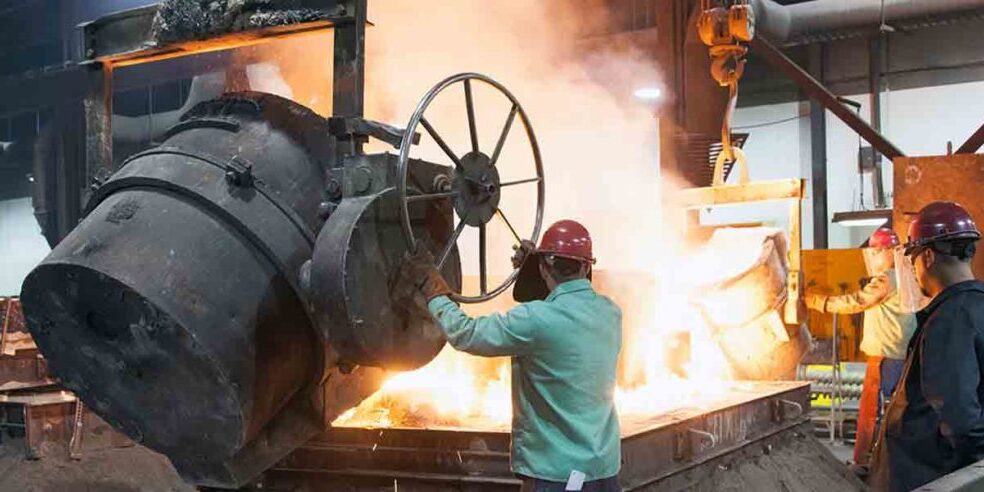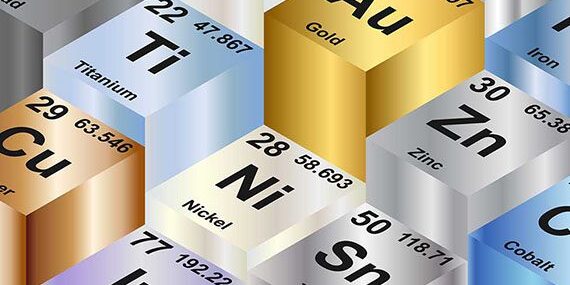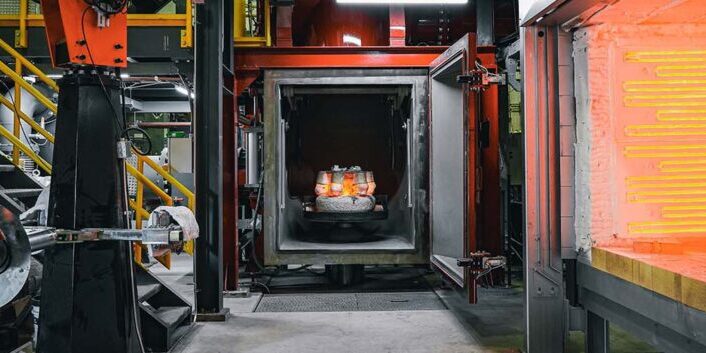Blog The 101 On Thermal Conductivity In Metal Alloys
One crucial property to understand in metalworking is thermal conductivity. The simplest definition of thermal conductivity is a material’s ability to transfer or conduct heat from one location to another efficiently. A more technical definition from Science Direct is, “Thermal conductivity can be defined as the rate at which heat is transferred by conduction through a unit cross-section area of a material when a temperature gradient exits perpendicular to the area.” Measurement of thermal conductivity is in watts per meter kelvin (W/mK). This article will cover the thermal conductivity process, how it applies in metal work projects, and common alloys utilized.
How Does Thermal Conductivity Work?
In the thermal conductivity of solids, the heat source agitates molecular particles in the material from areas of high temperature to low temperature. This process of moving from high to low is called the temperature gradient. The process of thermal conductivity across the gradient continues until the material reaches thermal equilibrium. Which means equal temperature across the material. Thermal conductivity in liquid and gas moves slower as the molecular particles aren’t as close together.
Thermal Conductivity In Metal Work
Thermal conductivity plays a large role in metalwork because it directly impacts the performance and sometimes the safety of numerous applications.
Heat Dissipation
Heat dissipation simply is the process of heat transfer. Heat dissipation occurs in three ways: convection, conduction, and radiation.
- Convection is heat transfer through fluids, like a convection oven uses hot air to heat.
- Conduction is heat transfer via direct contact with a heat source and other material. For example, a stovetop and a pot of water.
- Radiation is the process of heat transfer via electromagnetic waves, like a microwave oven.
In many metalworking applications, such as electronics and machinery, efficient heat dissipation is essential to prevent overheating and damage to components. Metals with high thermal conductivity help transfer excess heat away from critical areas. This is important for long-term proper functioning.
Metal Alloys Offering The Best Thermal Conductivity
Here are common metals/alloys used when thermal conductivity is important. Two examples of high thermal conductivity and one with low thermal conductivity.
Copper
Copper is known for its exceptional thermal conductivity. It’s often used in electrical conductors and cookware among other things. It can rapidly transfer heat making it a top choice in various applications. MetalTek offers numerous copper alloys. A complete listing can be found here.
Aluminum
Aluminum is another highly conductive metal commonly used in various industries. It is lightweight and corrosion-resistant, making it ideal for applications like automotive radiators, heat exchangers, and aerospace components. While offering high thermal conductivity, it does come with a tradeoff in reduced strength.
Steel
Finally, steel is an example of a metal with low thermal conductivity. Steel is a great option in environments with excessive heat. Common steel applications, relating to thermal conductivity needs, include vehicles and airplane engines.
MetalTek Is Here To Assist You
Choosing the right metal or alloy with the desired thermal conductivity properties is essential to ensure the success of your project. Copper, aluminum, and other specialized alloys offer exceptional thermal conductivity. Whereas steel can be a great option for applications requiring lower thermal conductivity. MetalTek pours hundreds of alloys and can customize them to fit your specific application and requirements. Speak with an expert at MetalTek to begin your next metal project.



